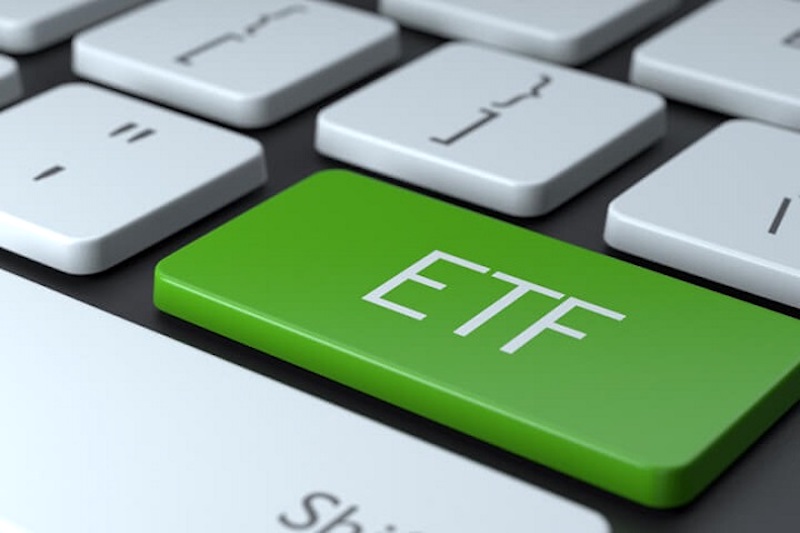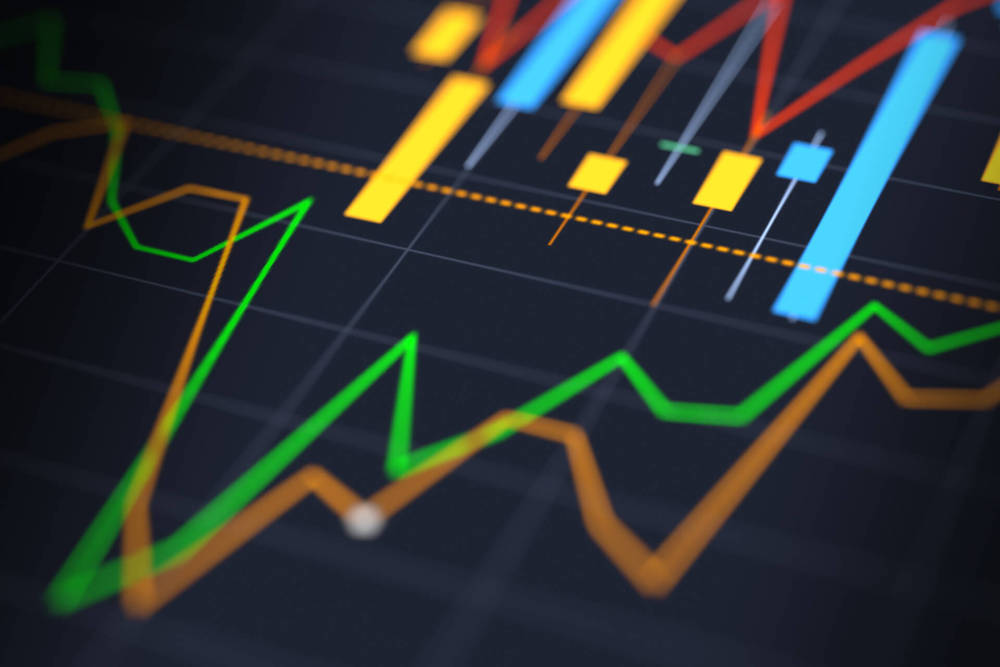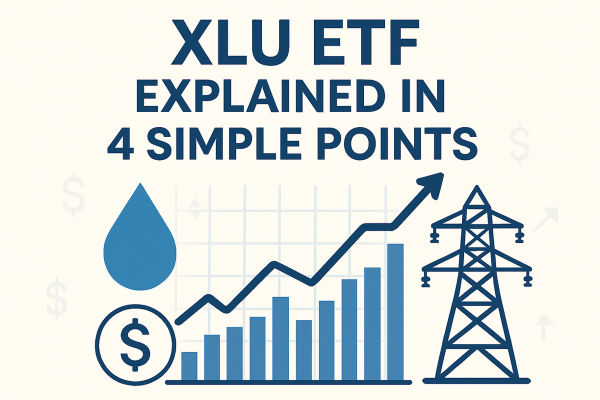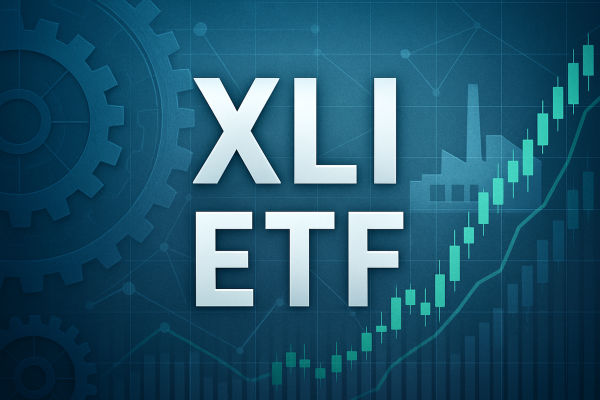The XLU ETF is one of the most recognised exchange-traded funds in the utilities sector. Formally known as the Utilities Select Sector SPDR Fund, it offers investors targeted exposure to US utility companies without the need to select individual stocks. For global investors seeking stability and consistent income potential, the XLU ETF provides a straightforward way to access a sector that is often considered defensive and less volatile than others.
Utilities companies are essential to the functioning of any economy. They provide electricity, gas, water, and other basic services that remain in demand regardless of economic cycles. This constant demand forms the basis of the XLU ETF’s appeal. In this article, we will examine the XLU ETF in four clear points — its purpose and structure, the nature of its holdings, its performance characteristics, and its role in a diversified investment portfolio.

Point 1: Purpose and Structure of the XLU ETF
The XLU ETF was created to give investors exposure to the utilities segment of the S&P 500 Index. Rather than buying individual utility company shares, investors can purchase units in the ETF, gaining access to a basket of companies that operate in electricity generation, transmission, distribution, water supply, and other essential service areas.
The ETF tracks the Utilities Select Sector Index, which contains utility companies drawn from the S&P 500. It follows a passive investment strategy, meaning its holdings are determined by the composition of the index rather than through active selection by fund managers. This approach helps keep management fees relatively low and makes the fund transparent in terms of what it holds.
Point 2: The Companies Within the XLU ETF
The portfolio of the XLU ETF is composed entirely of US-listed utility companies, many of which are large-cap, long-established businesses with significant market presence. These companies typically operate in regulated industries, which ensures a degree of revenue stability but can also limit aggressive growth potential. Regulatory oversight, while sometimes constraining, provides investors with more predictable cash flows and earnings.
The largest holdings often include electricity providers, multi-utilities that supply both gas and electricity, and water utility companies. These businesses have in common the provision of services that households and businesses depend on, regardless of whether the economy is expanding or contracting. Because of this, the companies in the XLU ETF tend to have less volatile share prices compared to those in more cyclical sectors.
Many of these companies have a history of paying regular dividends, which contributes to the ETF’s appeal for income-focused investors. In addition, their market capitalisation and financial stability make them attractive to institutions seeking lower-risk equity exposure.
Point 3: Performance Characteristics and Risk Profile
The XLU ETF is widely regarded as a defensive investment. In times of market volatility or economic slowdown, the utilities sector has often demonstrated resilience compared to growth-oriented sectors such as technology or consumer discretionary. This is because demand for utility services is relatively unaffected by the broader economic environment — electricity and water consumption does not suddenly drop during recessions.
However, the defensive nature of the XLU ETF also means that it may underperform during strong bull markets. When economic growth is robust and investor appetite for risk is high, capital often flows into sectors with higher growth potential. The XLU ETF’s returns in such periods can appear modest by comparison. Nevertheless, for investors prioritising capital preservation and steady income, the trade-off can be worthwhile.
Point 4: The XLU ETF’s Role in a Diversified Portfolio
From a portfolio construction perspective, the XLU ETF can serve as a counterbalance to more volatile holdings. Its lower correlation with high-growth or cyclical sectors means that it can help smooth overall returns. For example, an investor holding a significant allocation to technology stocks may use the XLU ETF to offset some of the risk associated with market downturns.
The ETF can also be part of a strategy focused on income generation. Investors seeking dividends can incorporate the XLU ETF as one of several sector-based funds to create a diversified income portfolio. Because it provides exposure to multiple companies within the utilities sector, it reduces the risk associated with holding a single stock.
Global investors should also keep in mind that the XLU ETF is denominated in US dollars. Those based outside the US will be exposed to currency risk, meaning changes in exchange rates can affect returns in their local currency. This factor should be considered when evaluating the ETF’s role in an international investment plan.

Final Thoughts
The XLU ETF stands out as a specialised yet accessible tool for investors seeking targeted exposure to the US utilities sector. Its focus on companies providing essential services ensures that it operates within one of the most stable areas of the equity market. This stability, combined with the ETF’s structure and relatively low management costs, makes it appealing to a wide range of investors, from those just beginning to diversify internationally to experienced portfolio managers looking for dependable defensive assets.
One of the ETF’s strongest attributes is its ability to deliver a combination of capital preservation and income generation. The companies it holds often have predictable cash flows, supported by regulated business environments, and this translates into a history of regular dividend payments. While the XLU ETF may not capture the outsized gains of growth-focused sectors during periods of rapid economic expansion, it tends to shine in challenging market conditions by providing a cushion against volatility and protecting portfolio value.
For global investors aiming to build a resilient, well-balanced portfolio, the XLU ETF can serve as a valuable component. It offers diversification benefits, potential for consistent income, and exposure to a sector that plays a critical role in any economy. However, as with any investment, it should be considered in the context of broader financial objectives, risk tolerance, and market outlook. By understanding its characteristics and role, investors can make more informed decisions about whether and how to incorporate the XLU ETF into their long-term strategy.
(Disclaimer: This material is for general information purposes only and is not intended as (and should not be considered to be) financial, investment or other advice on which reliance should be placed. No opinion given in the material constitutes a recommendation by EBC or the author that any particular investment, security, transaction or investment strategy is suitable for any specific person.)

























